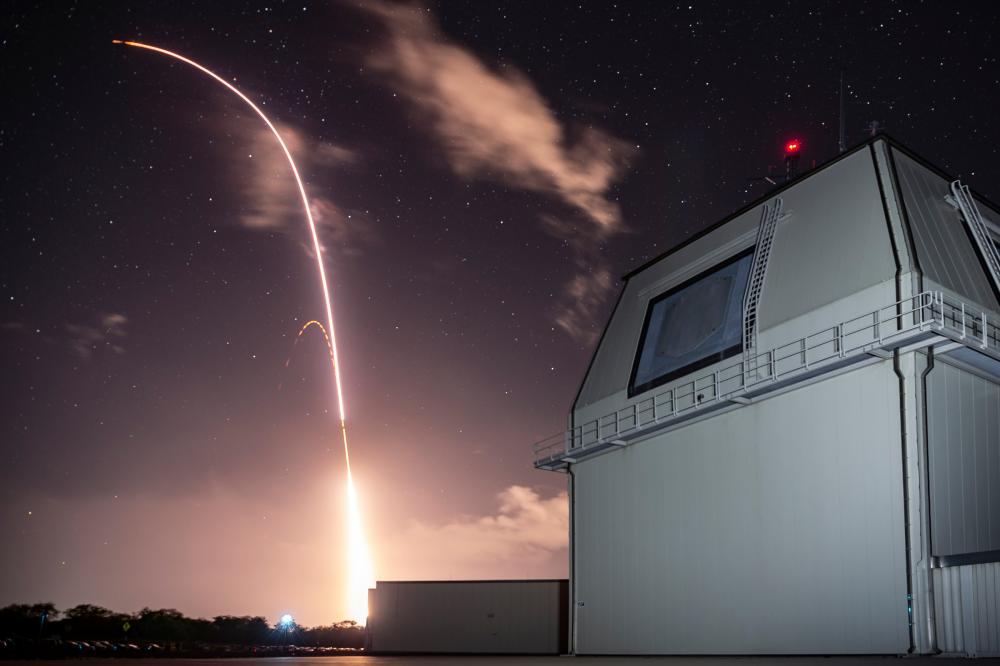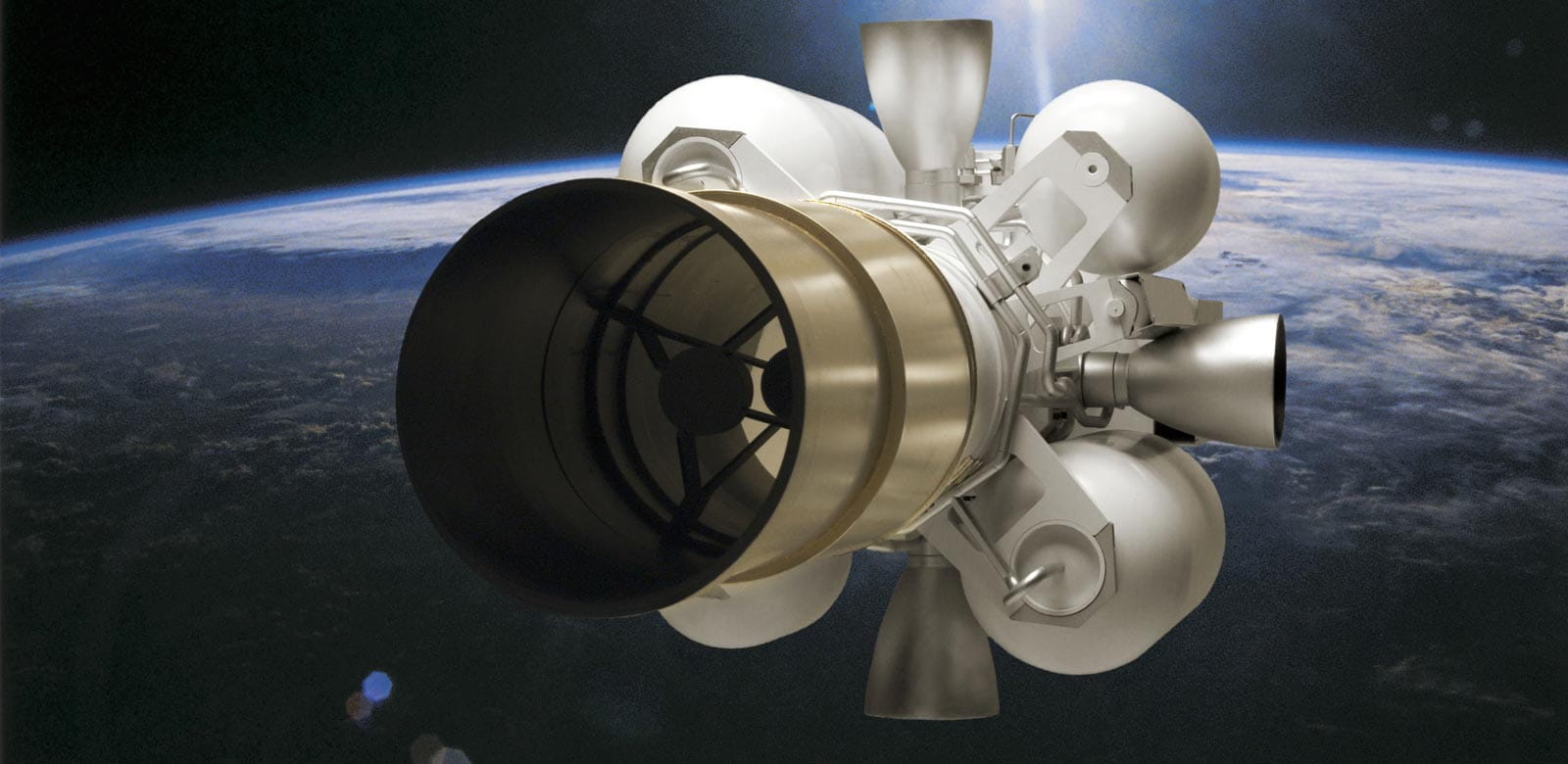
Moments matter in missile defense
When an intercontinental ballistic missile is hurtling through space, there are mere seconds to stop it safely outside the Earth's atmosphere, long before it nears its pre-determined target.
That’s what Raytheon has been doing for some 40 years. As a key component of the missile defense system, our kill vehicles have achieved more than 50 space intercepts to date.
We’re constantly perfecting these defensive weapons. Each time we build and launch a kill vehicle into space, we’re collecting invaluable data and high-fidelity models that inform the next build and the next launch.
Pinpoint precision
When an interceptor launches a kill vehicle, it flies beyond Earth's atmosphere, driven by three essential factors: superior navigation, guidance and control.
Once it's in space, the Raytheon kill vehicle relies on sensors to pinpoint the location of the ballistic missile, overcome countermeasures and discriminate among other space objects, while its rocket motors and thrusters steer it to the precise engagement point. Then, and only then, does the kill vehicle use its kinetic force to destroy the long-range ballistic missile.
There's no room for error: Our exoatmospheric technology is made to survive the harshness of the space environment and it's highly reliable. To guard against stray matter that can cause problems in zero gravity, we produce our exoatmospheric kill vehicles in an extremely clean environment. It's known as the Space Factory in Tucson, Arizona, one of the few facilities of its kind in the United States.
Next-gen tech boosts advances
At Raytheon, we're extending our track record of successful intercepts by applying next-generation technology and digital engineering to outpace threats that are constantly evolving. But so is our expertise in ensuring the continued effectiveness of our kill vehicles in defeating them.
Discover our exoatmospheric capabilities



